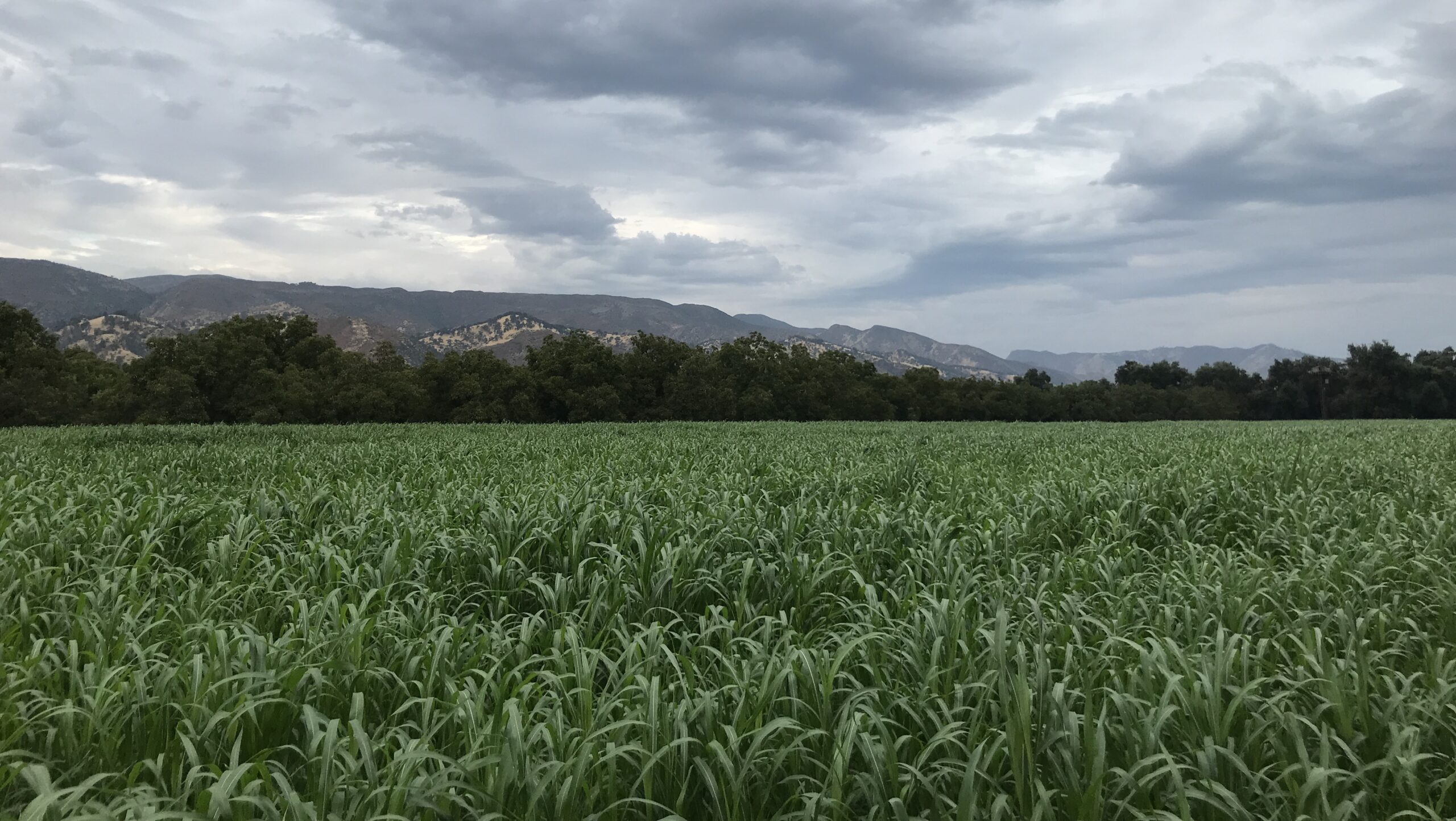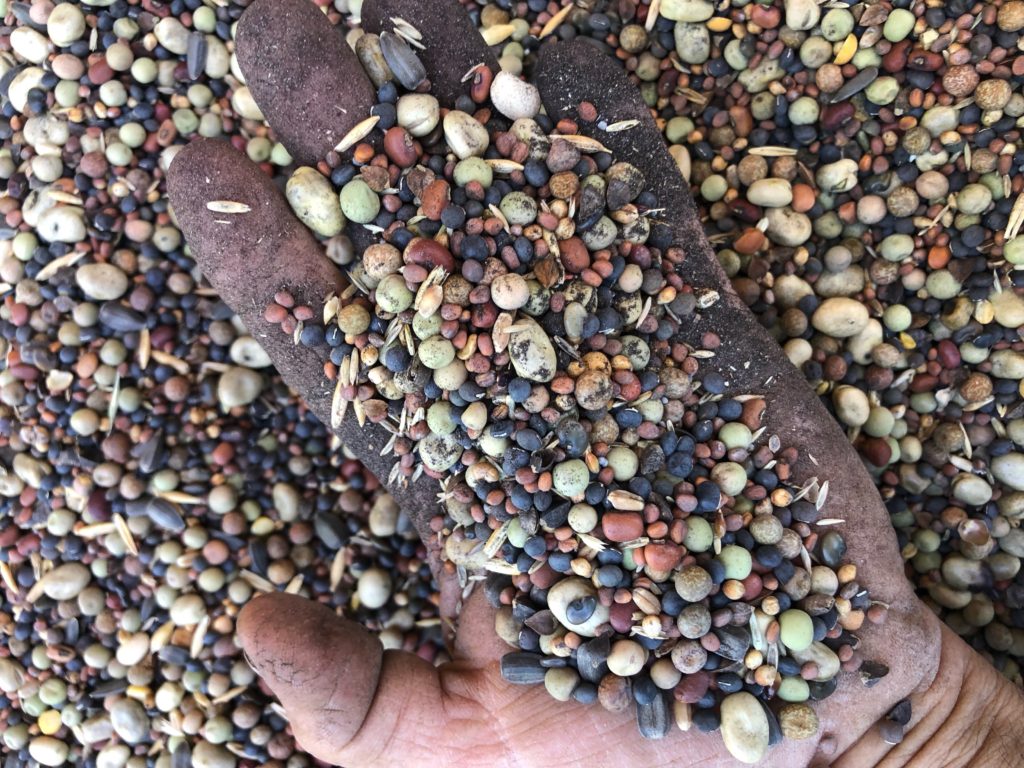
Among the seemingly endless fields of melons, tomatoes, winter squash, and other warm-weather crops, we currently have several fields of cover crops going strong. Yes – that photo of the lush green above was taken this morning (August 21, 2023) on an unseasonably cool, cloudy, and drizzly day; it’s not a photo from earlier this year. Cover crops aren’t just for the cooler seasons, even though that’s when we tend to talk about them most (like this deep dive into cover crops last November)! The work of feeding and caring for the soil and “growing” healthy soil never ends, so when we have the water and field space to grow summer cover crops, we do. It seems counterintuitive to take land out of production during our peak harvest time to grow a non-sellable crop, but it’s an excellent opportunity to grow a fast-growing, healthy cover crop and invest in our soil and bountiful future harvests. [Read more…]



